"Armchair "barcelona" By Ludwig Mies Van Der Rohe For Knoll"
Authentic "Barcelona" armchair circa 1960-70 designed by Ludwig Mies van der Rohe for Knoll International editor. Chromed steel structure forming an elegant rounded X-shaped base, the seat and backrest are decorated with black leather padded cushions supported by leather straps. Good used condition, note some cracks in the leather and chrome oxidation = old model. Dimensions:: 78 cm high X 77 cm wide X 78 cm deep X 44 cm seat height X 55 cm seat depth. Modernist architect and furniture designer Ludwig Mies van der Rohe was born in 1886 in Aachen, Germany. He studied at the Domschule de Aachen until 1900, then spent two years in a local trade school, while working on site construction with his father, a mason by profession. From 1903 to 1904, he worked as a draftsman and designer for a local company specializing in stucco decoration. He moved to Berlin in 1905, and apprenticed to Art Nouveau architect and designer Bruno Paul. He was subsequently put in charge of a project by the philosopher Alois Riehl, who sent him to Italy for a period of three months, in order to find inspiration. The Riehl House, which was completed in 1907 in Potsdam, south of Berlin, attracted the attention of architect Peter Behrens, who employed Ludwig from 1908 to 1912. In 1912, he established his own office in architecture and design in Berlin, and built three buildings there, before war broke out in 1914. From 1915 to 1918, he was forced to serve in the German army, in the corps of engineers. During the 1920s, Ludwig plunges into the avant-garde Berlin circle, and participates in organizations such as the Novembergruppe and the Zehner Ring, and also contributes to the magazine G. Subsequently, his interest is in the design of skyscrapers , which, even before being built, turned out to be very promising. He also directs the Weißenhofsiedlung exhibition in Stuttgart, a housing project to which the most established European architects, such as Walter Gropius and Le Corbusier, are invited. Twenty permanent residences are built around its own steel-framed apartments, all reflecting individual interpretations of workers' housing. During this project, he met Lilly Reich, with whom he collaborated during the following decade. His second major project is the German (or Barcelona) Pavilion, which he built for the German section of the Barcelona International Exposition in 1929, and which will help him gain a place on the international scene. In these projects, we see interior walls made of glass, marble, which can easily be moved. He also tries to mix interior and exterior in order to emphasize the fluidity of the space, and to incorporate furniture specially made for these projects, such as for example the Barcelona chair. Shortly after, in 1923, his work was featured in the first architectural exhibition at the Museum of Modern Art in New York, titled Modern Architecture: An International Exhibition, which made him known to the American public. From 1930 to 1933, he became director of Bauhaus, but, under political pressure from the Nazis, was forced to move the school from Dessau to Steglitz, Berlin, to close it permanently in 1933. 


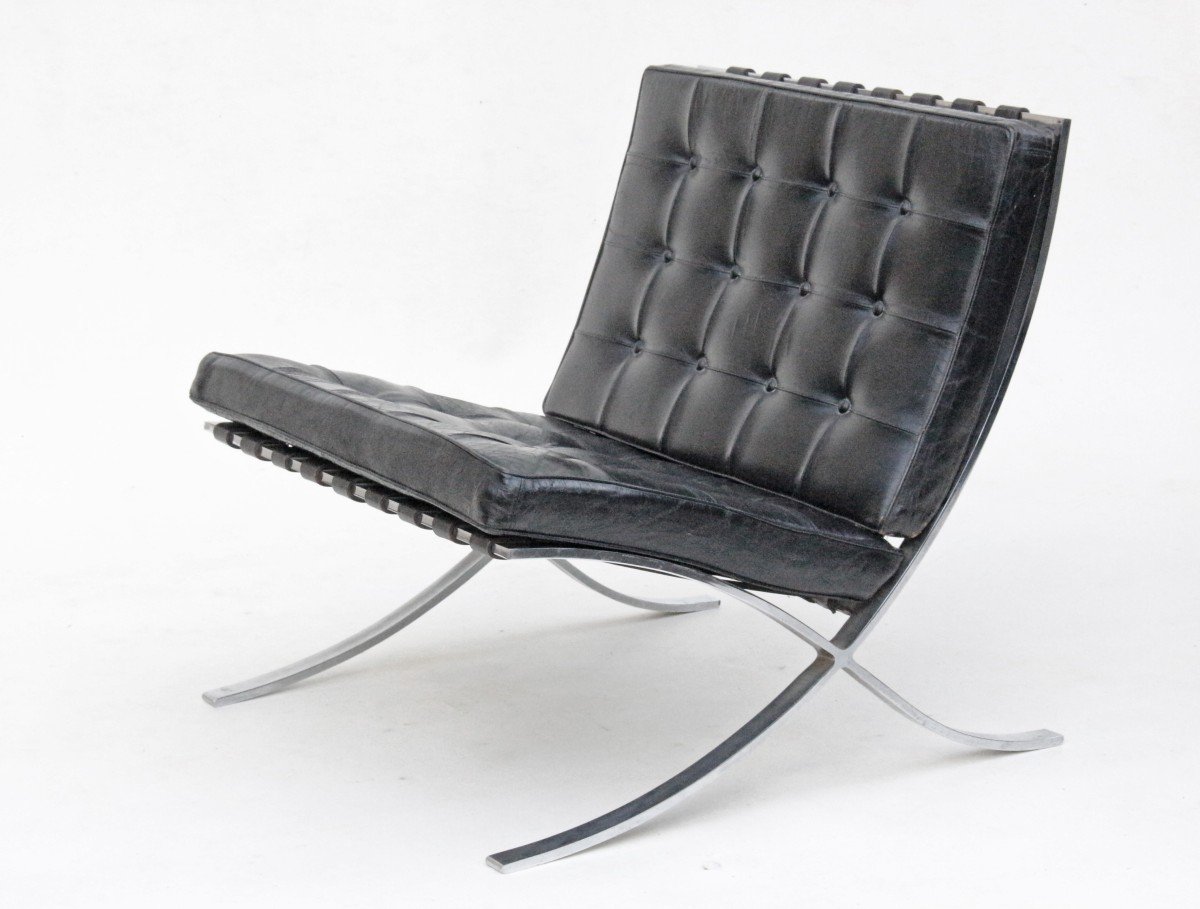
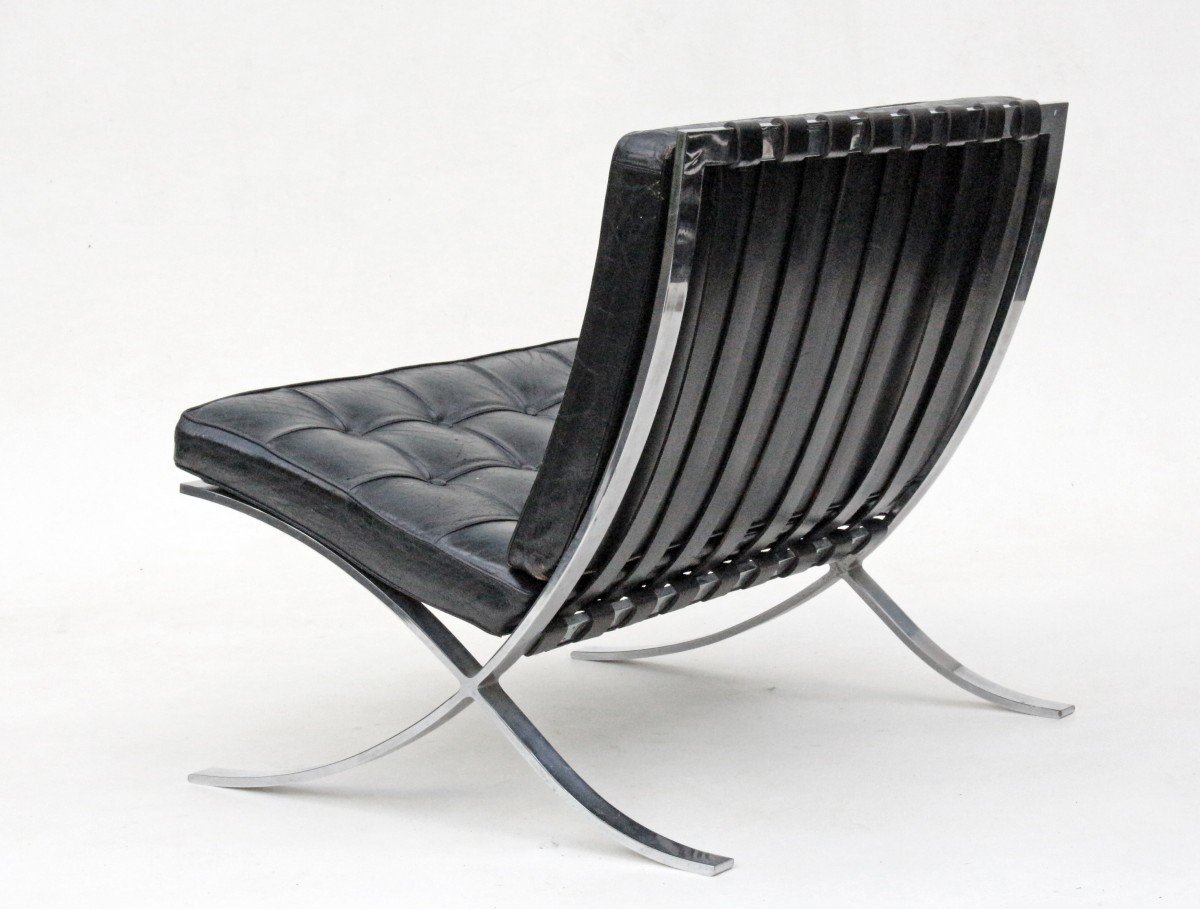
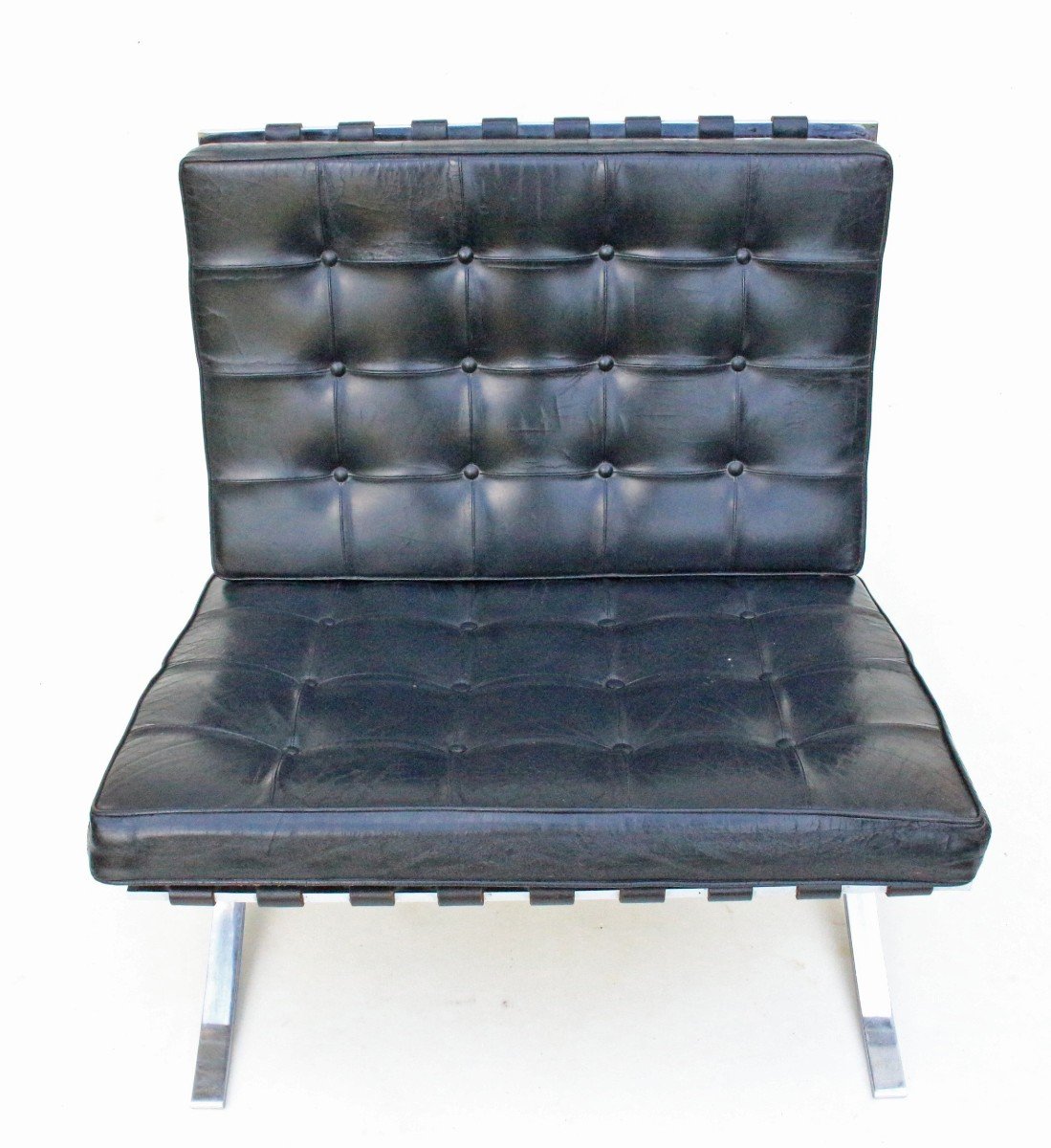

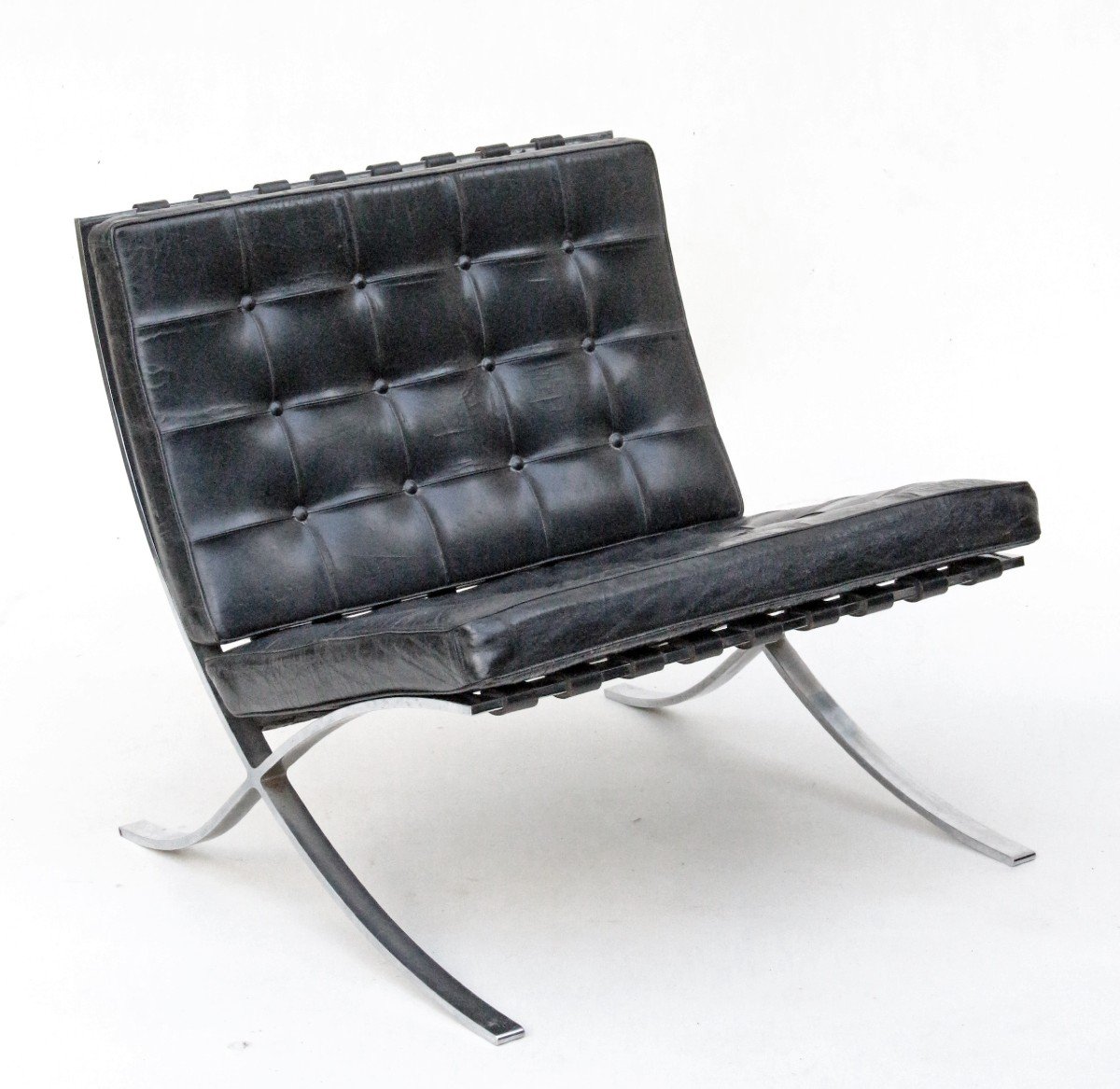
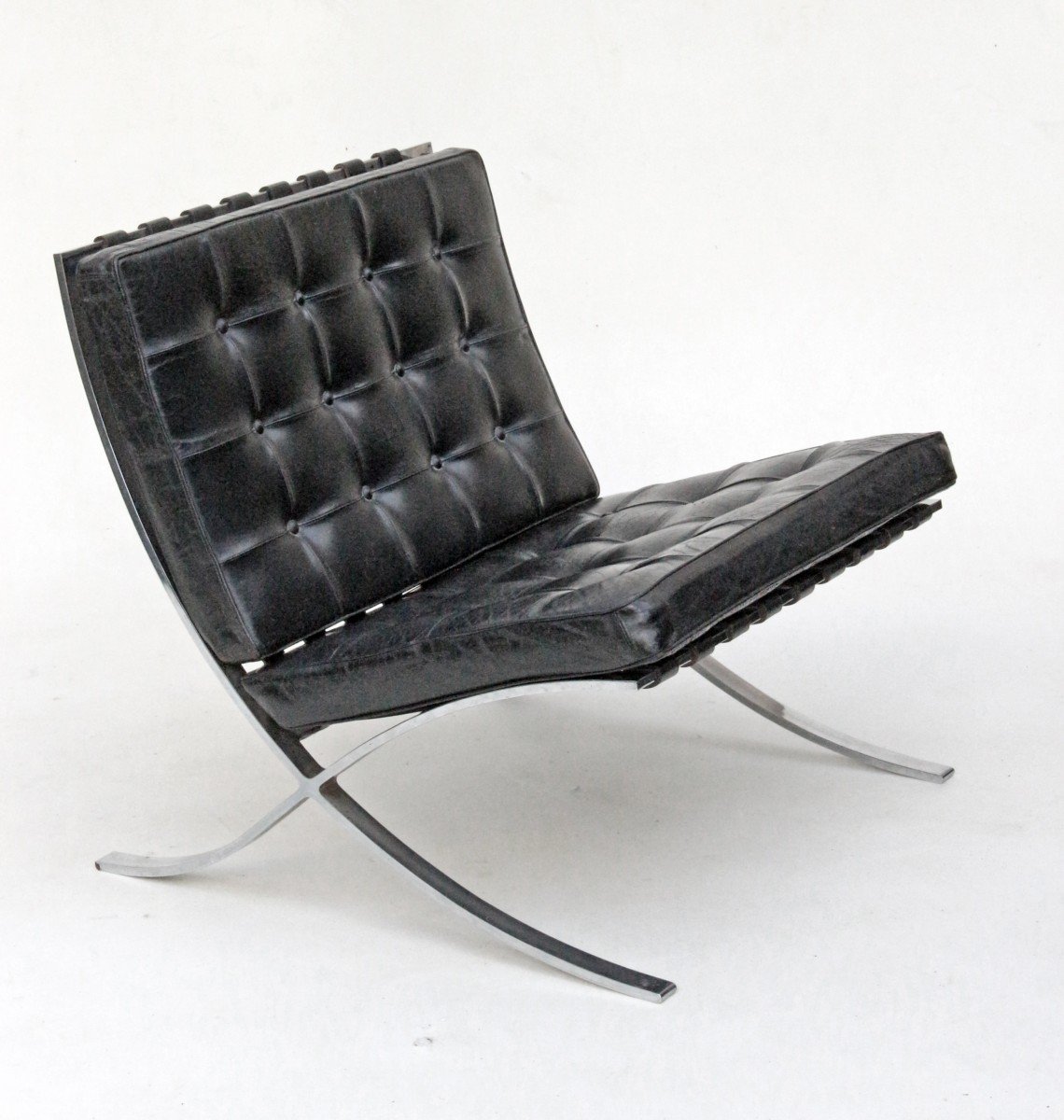
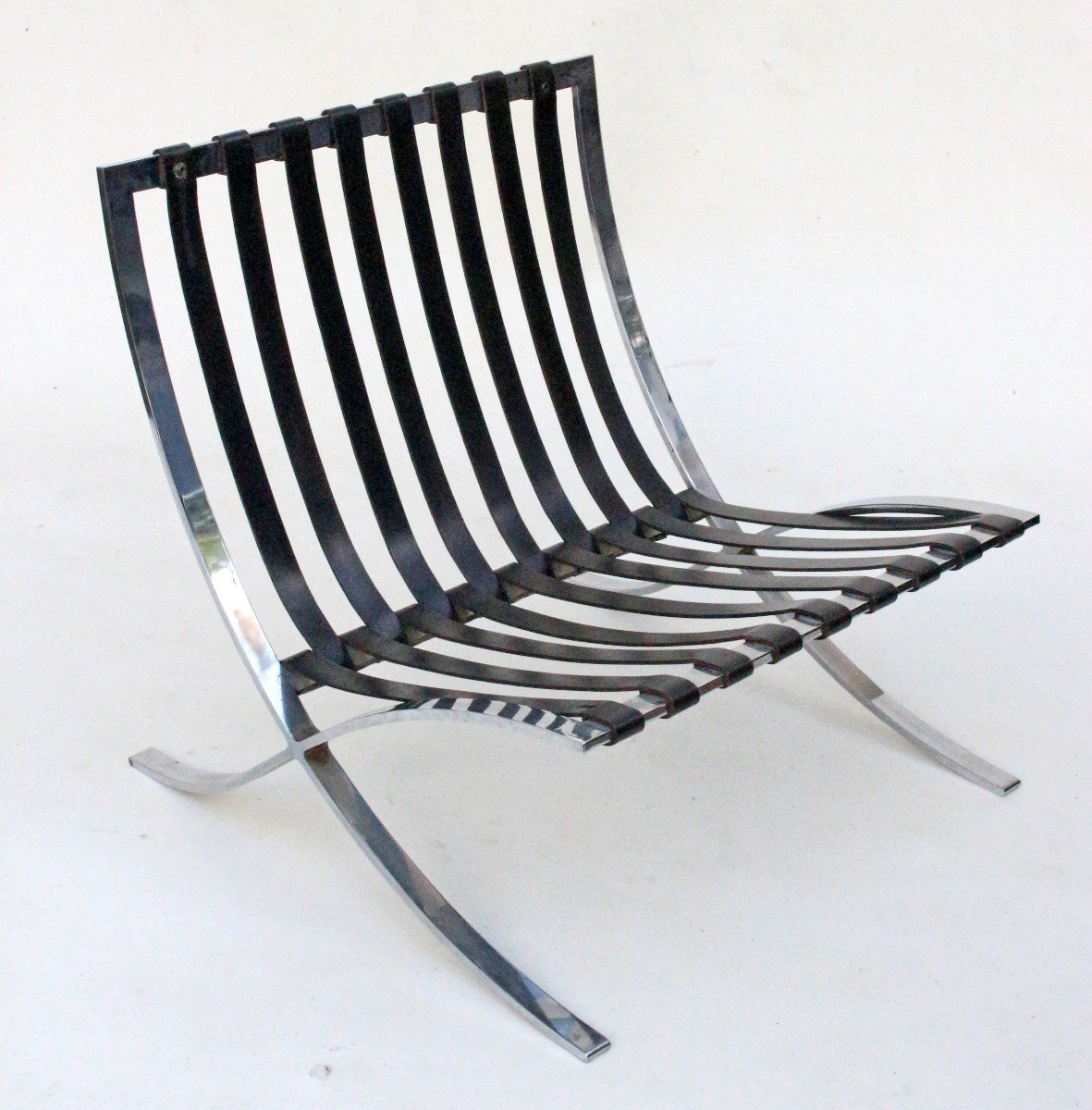




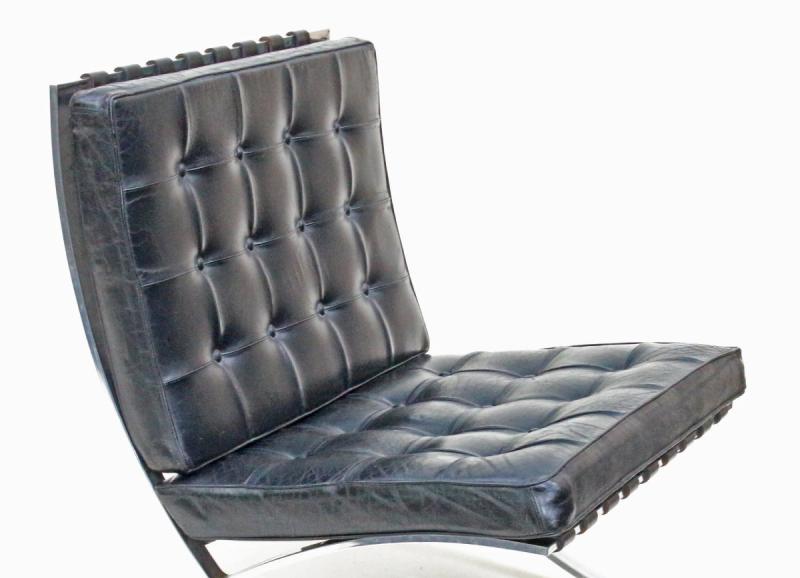




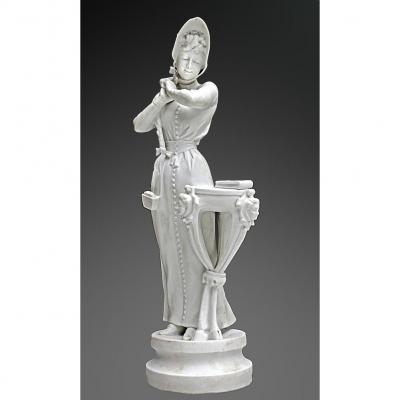
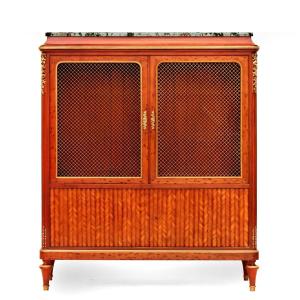
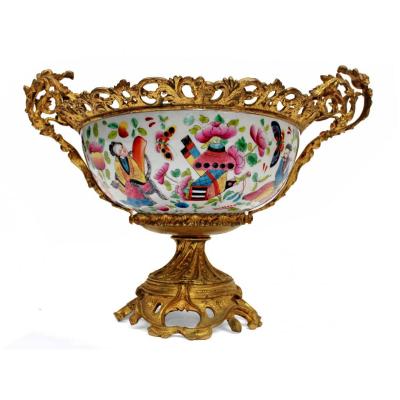

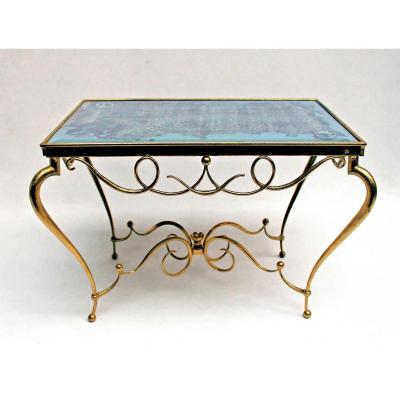
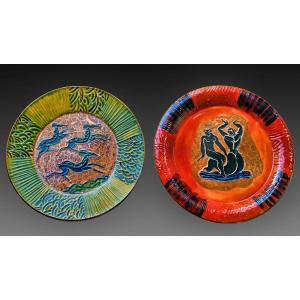

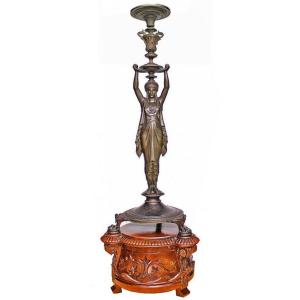


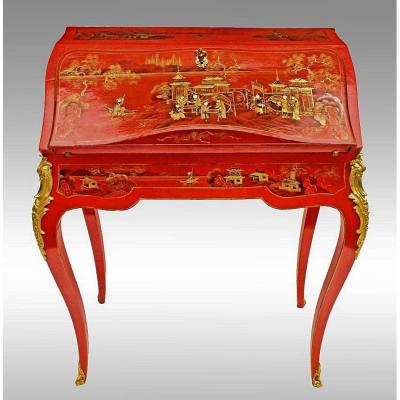


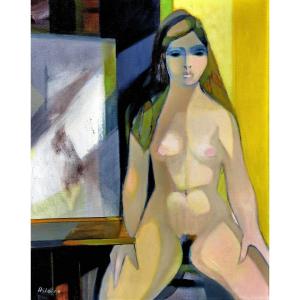
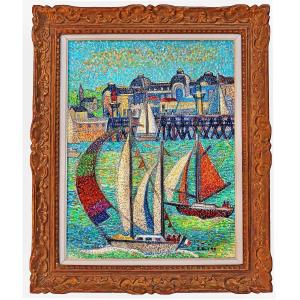
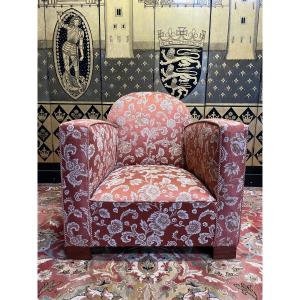
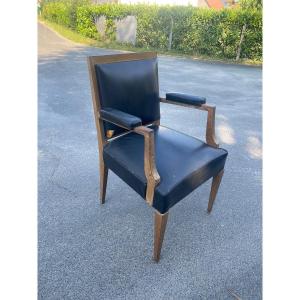
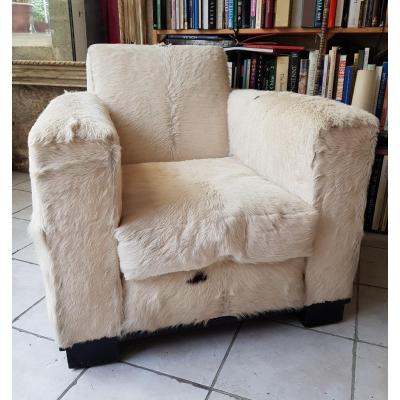
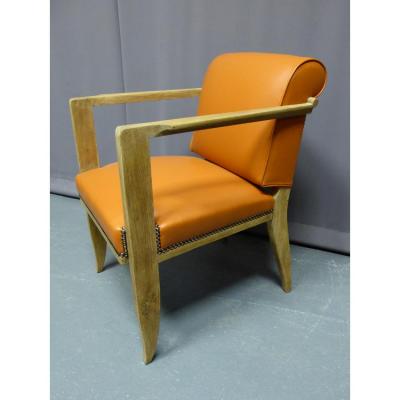





 Le Magazine
Le Magazine Rivista Artiquariato
Rivista Artiquariato TRÉSORS magazine
TRÉSORS magazine